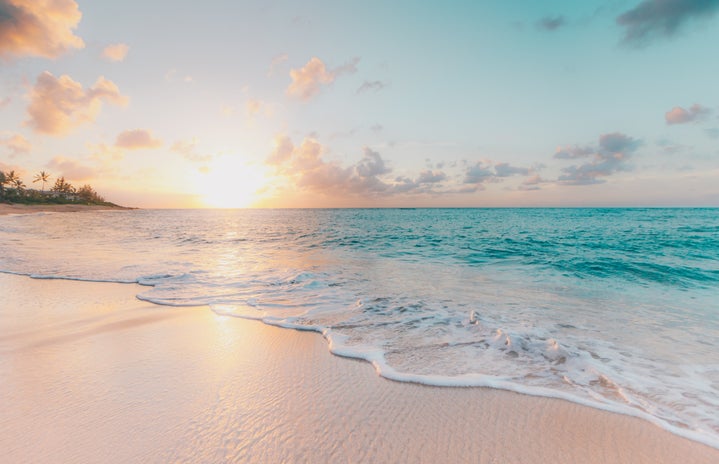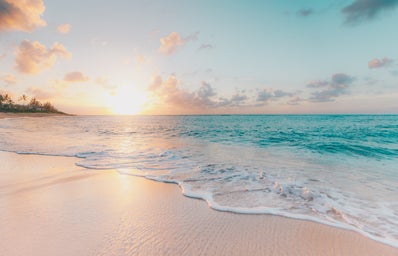The Gulf of Mexico is currently experiencing a significant red tide event, which has been ongoing for several months. Red tide is a harmful algal bloom that is caused by a type of phytoplankton called Karenia brevis. This algal species produces toxins that can harm marine life and affect human health.
The current red tide event in the Gulf of Mexico began in November 2022 and has been particularly severe, with high concentrations of Karenia brevis causing massive fish kills and affecting the livelihoods of local fishermen. The red tide has also led to beach closures and respiratory issues for beachgoers.
The severity of the current red tide event can be attributed to a combination of factors, including warm ocean temperatures, nutrient pollution from agricultural runoff and sewage, and changes in ocean currents. This has provided ideal conditions for the growth and proliferation of Karenia brevis.
Efforts are currently underway to address the red tide event in the Gulf of Mexico. These include monitoring and surveillance of the bloom, closures of affected areas to fishing and recreation, and research into potential mitigation strategies. However, the scale and duration of the event posed significant challenges to these efforts.
In addition to the immediate impacts on marine life and human health, the red tide event in the Gulf of Mexico highlights the broader issue of nutrient pollution and its effects on crucial ecosystems. Addressing nutrient pollution from agriculture, industry, and other sources is essential for reducing the frequency and severity of harmful algal blooms and red tide.
Overall, the current red tide event in the Gulf of Mexico underscores the need for increased monitoring, research, and action to address harmful algal blooms and the underlying factors contributing to their growth. It is crucial to take proactive measures to protect our oceans and communities that depend on them.


